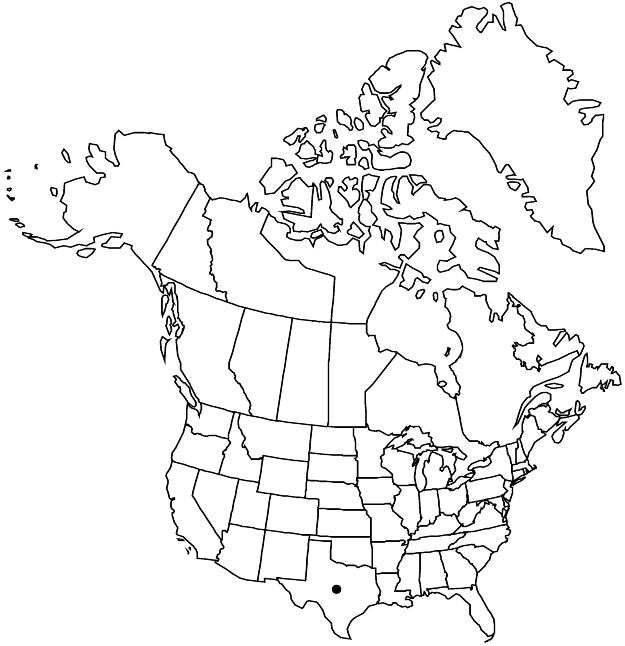Hibiscus clypeatus subsp. clypeatus
Shrubs or trees, 2–5 m. Stems: new growth ± stellate and usually simple-hairy, line of fine, curved hairs absent or obscured. Leaves: stipules subulate, 3–18 mm; petiole of principal leaves 1/2 to equaling blade, finely hairy; blade ovate to orbiculate, angulate-lobate (maple or grapelike) or less frequently unlobed, 10–22 × 9–23 cm, base deeply and narrowly cordate to truncate, margins remotely and shallowly denticulate or undulate, apex acute to acuminate, surfaces stellate-tomentose, more densely so abaxially, nectary absent from base of midvein abaxially. Inflorescences solitary flowers in axils of distal leaves, or subcorymbose by reduction of internodes and subtending leaves. Pedicels jointed at base or not at all, 3–10 cm (often conspicuously elongated), subequal to or exceeding petioles, finely densely hairy; involucellar bractlets 7–10, linear-subulate to narrowly triangular, often randomly curved (sickle-shaped), 1–3 cm, margins not ciliate, densely short stellate-hairy. Flowers horizontal; calyx divided 1/3 length, campanulate, 3–4.5 cm, somewhat larger in fruit, more densely hairy basally, lobes triangular, apices short-acuminate, nectaries absent; corolla funnelform to narrowly campanulate, somewhat bilateral, petals dull red or dull orange, 2 upper little or not at all recurved, 3 lower recurved or revolute, 4–5.5 × 1–2 cm, margins apically entire or repand, tomentose throughout abaxially; staminal column declinate to recurved, pale yellowish to dull orange, 2.8–4.2 cm, bearing filaments in apical 1/3–1/2, free portion of filaments secund, 4–8 (–10) mm; pollen yellow to orange; styles dull red to dull orange, 3–6 mm; stigmas dull red to dull orange. Capsules dull orange, ovoid to obovoid, 2.5–5 cm, apex apiculate, hispid, densely underlain by minute, coarse stellate hairs, hairs orangish. Seeds brown, mottled, subglobose, 3.5–4 mm, glabrous. 2n = 20 (Mexico: Veracruz).
Phenology: Flowering Oct–Nov.
Habitat: Riparian woodlands, alluvial soil
Elevation: 30–50 m
Distribution

Tex., ne, se Mexico, West Indies (Hispaniola), West Indies (Jamaica), West Indies (Puerto Rico), West Indies (Saint Croix), Central America (Belize), Central America (Guatemala)
Discussion
Subspecies clypeatus was collected for the first time in the flora area in 1994; it was not identified until 2009. It is known in the flora area only from near the Rio Grande in Hidalgo County and deserves state and federal protection. Hummingbird visits to H. clypeatus have been observed in Belize and Mexico (D. M. Bates, pers. comm.; J. C. Meerman 1993); bats are suspected as the primary agents for pollination (O. J. Blanchard 1976).
Selected References
None.
Lower Taxa
"/3" is not declared as a valid unit of measurement for this property."fine" is not a number.